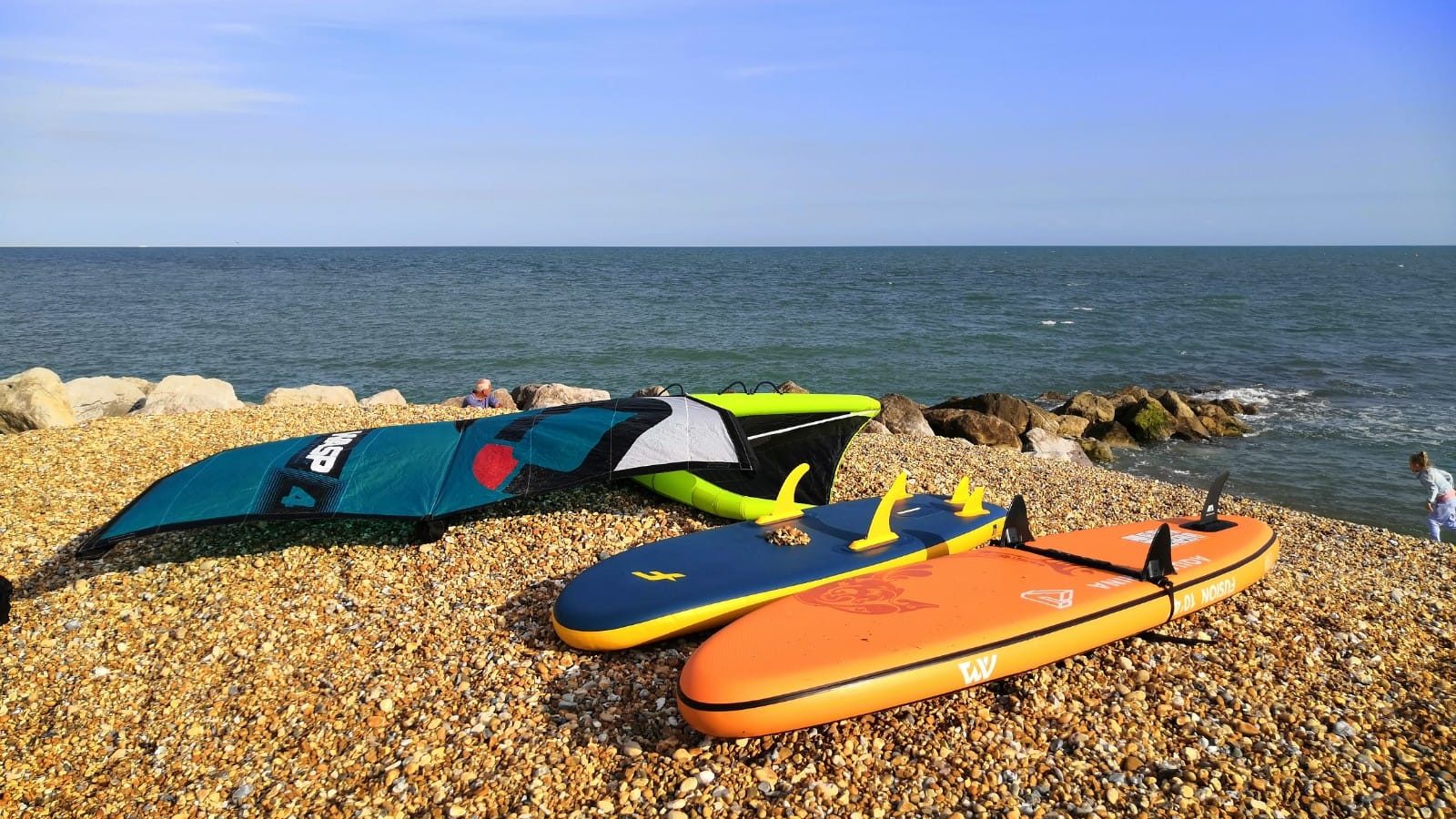
Wing surfing on a non foil board
It’s not all about wing foil surfing you know! Wing surfing on a non foil board has seen a huge growth in wing sports in the last 18 months. Whilst wing surfing was typically born on the foiling side of the fence, for many, the non foiling side of wing surfing is very attractive.
There are plenty of benefits to forgetting the foil for a moment. Either as a stepping stone, allowing you to focus and improve your board and wing skills before bringing the foil into play, or for those of you who are just looking to extend the use of a SUP in more conditions.
What type wing surf board?
There are three types of boards that lend themselves to wing surfing on a non foil board. I’ve listed them below but for those who prefer the TL;DR version.. all three come with either a dagger board, a centre fin or central side fins to allow for upwind progression.
Dagger Board
A standard iSUP or SUP that has a centre fin or dagger board fitted. This can be permanent or removable.
Slingshot has released their sUPWINDer fin which can be attached to composite SUP boards.
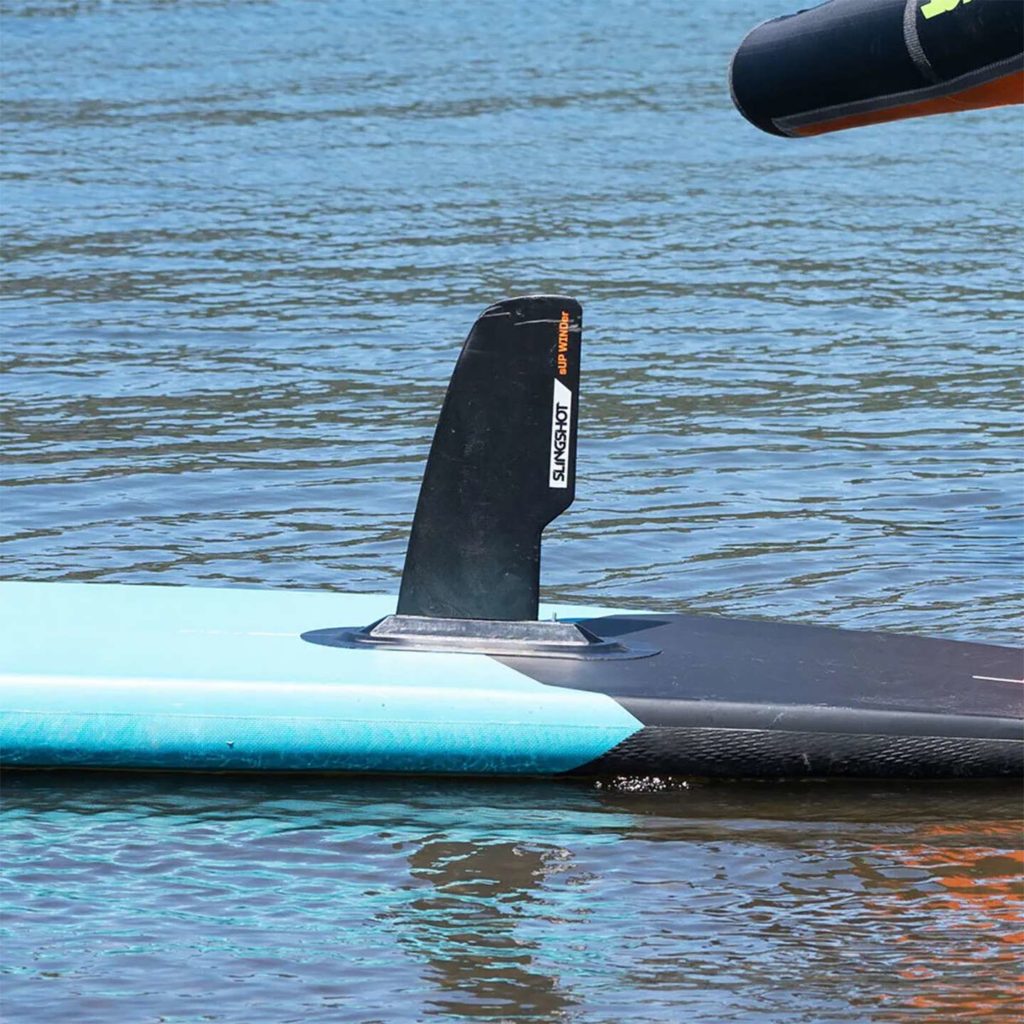

Wind SUP
Many wind SUPs such as the RRD Evo Air Convertible come with the option of a removable dagger board or centre fin. These boards work great as both a wing surf board or a standard iSUP, depending on the conditions.
Non-Foil Board
A non foil specific board such as the F-ONE Rocket Air 7’11 which has side fins, as well as a foil box if you do decide to try foiling at a later point.
Inflatable or composite SUP board
Wing surf board construction can be either inflatable or composite, to be honest both work well and each have their own pros and cons. Inflatables tend to be less expensive, easier to travel with and have larger volumes. Composite boards usually have more shape to their rails and underside, which gives a higher performance, however, often comes with a price tag to match.
Does size matter?
Yes size matters when selecting your board for wing surfing and wing foiling. A general rule of thumb is that the board should have a large volume, anywhere from 175L to 300L, or go long – 7’ to 11’ in length. This is a general rule though and, if you already have some experience, smaller boards can be used.
Large volume boards are great to begin with, offering better stability and making the first wing surfing outings more fruitful. The downside is that they are harder to turn than smaller boards. You can help this by replacing the rear fin with a smaller (shallower) fin and moving it to the front of the box, where adjustment allows. In contrast, smaller boards are less stable but turn a lot easier and quicker.
Wing surf goals
Whether you’re wanting to wing foil or wing surf, it’s all about getting out on the water and enjoying some wang time! The ideal scenario and my recommendation is to start off wing surfing with a larger board and, when proficient, drop down to a smaller board. This is also great preparation for foiling where smaller boards are used and it helps you build those all important balance muscles required to stay upright.
You may be concerned about the cost of chopping and changing equipment, however, used equipment is currently selling really quickly on the second-hand market due to the high demand at the moment. Also make sure you speak to retailers, most are usually happy to talk about a deal (including us!). Come and talk to me if you’re thinking about trying wing foil surfing or looking to upgrade to the next stage on your wing surfing journey.
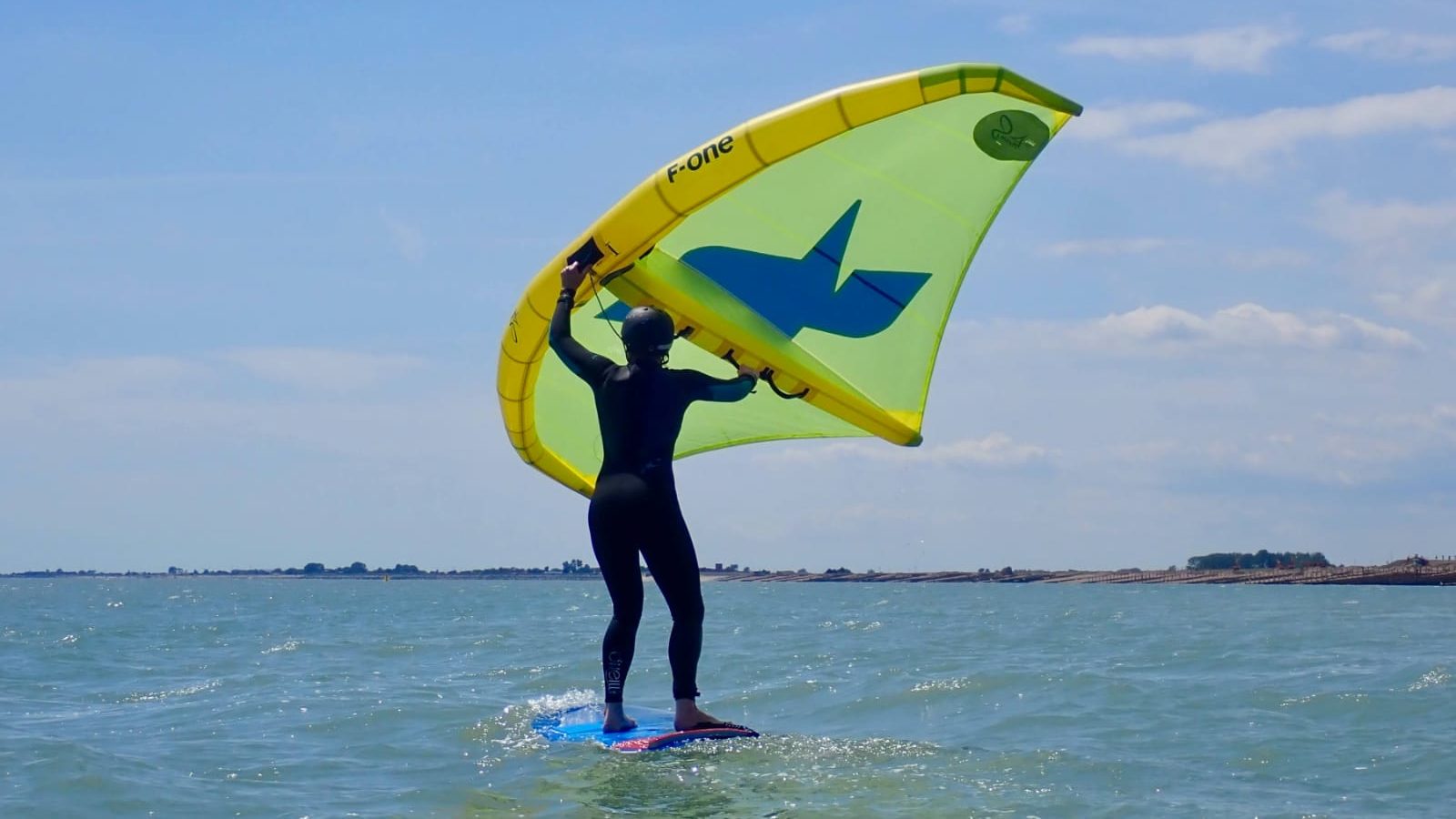



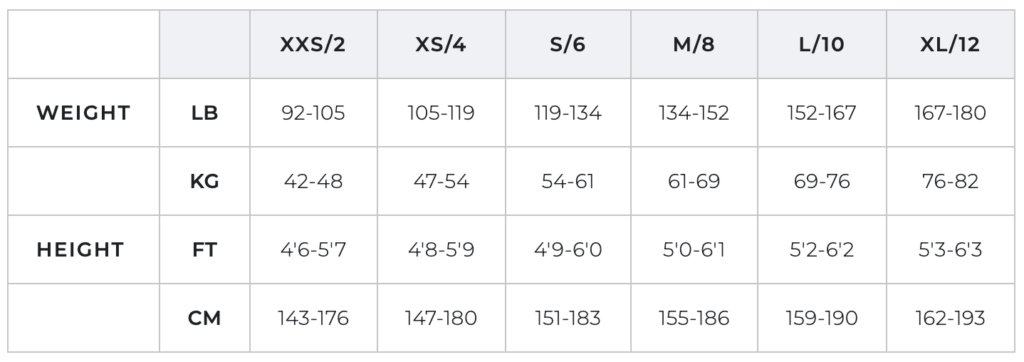
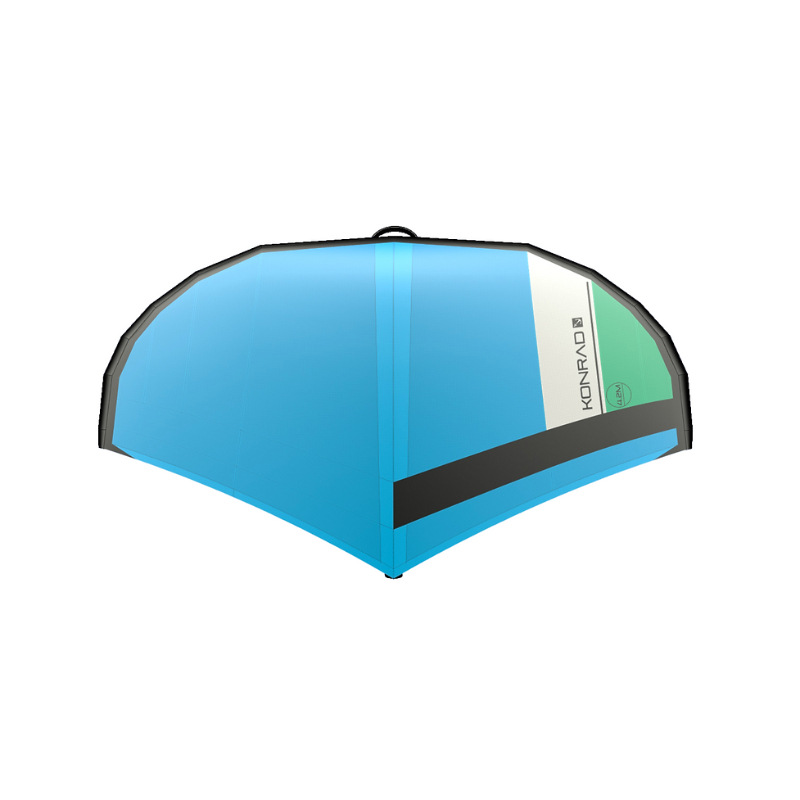
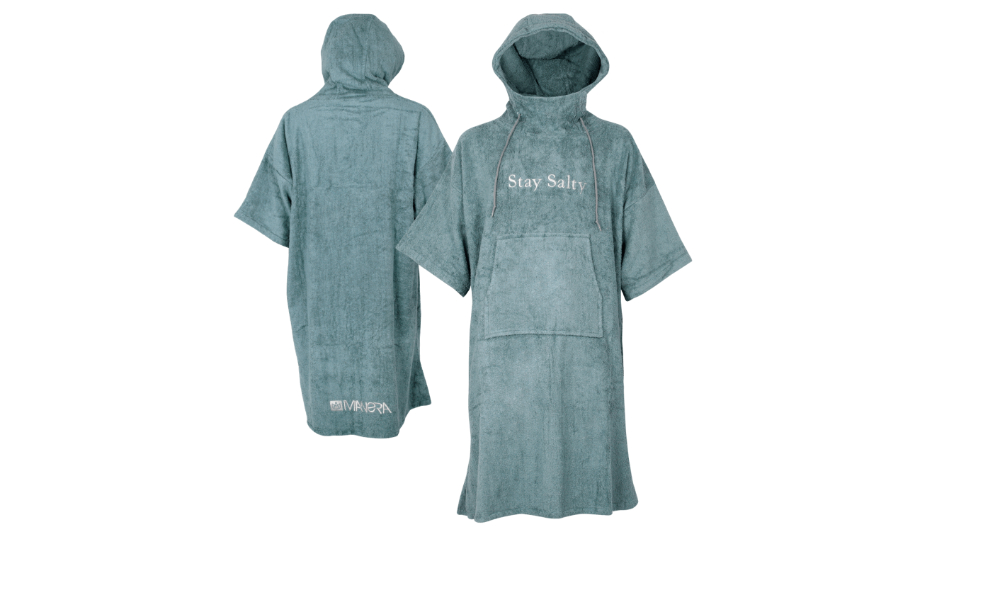
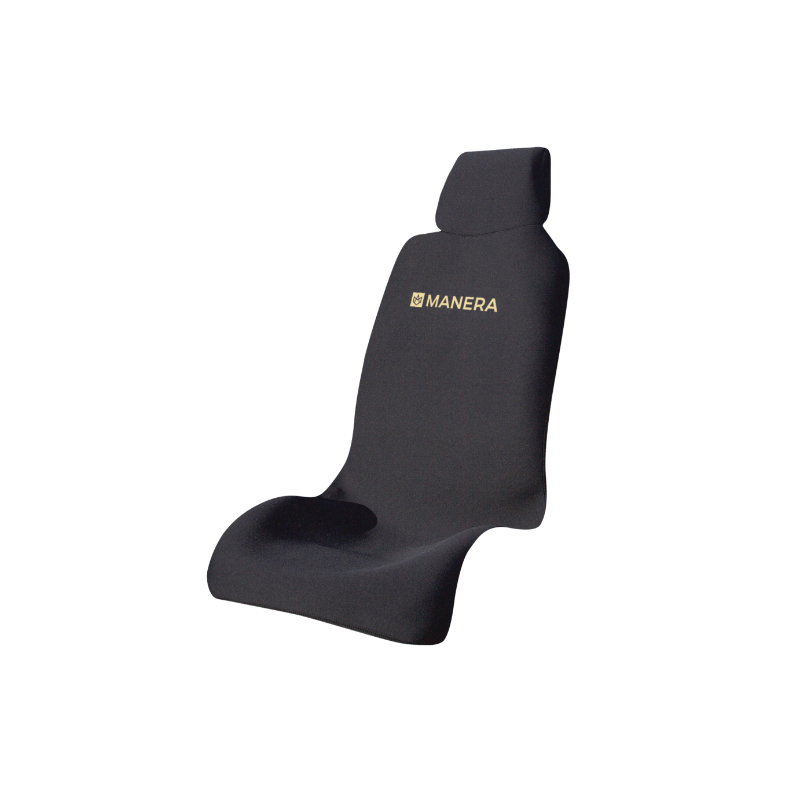
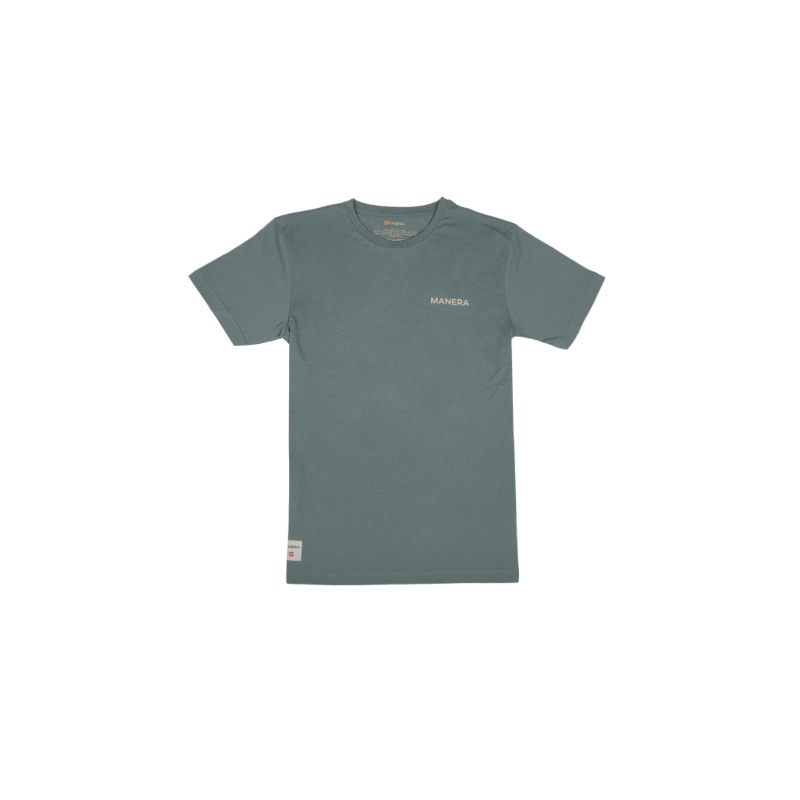
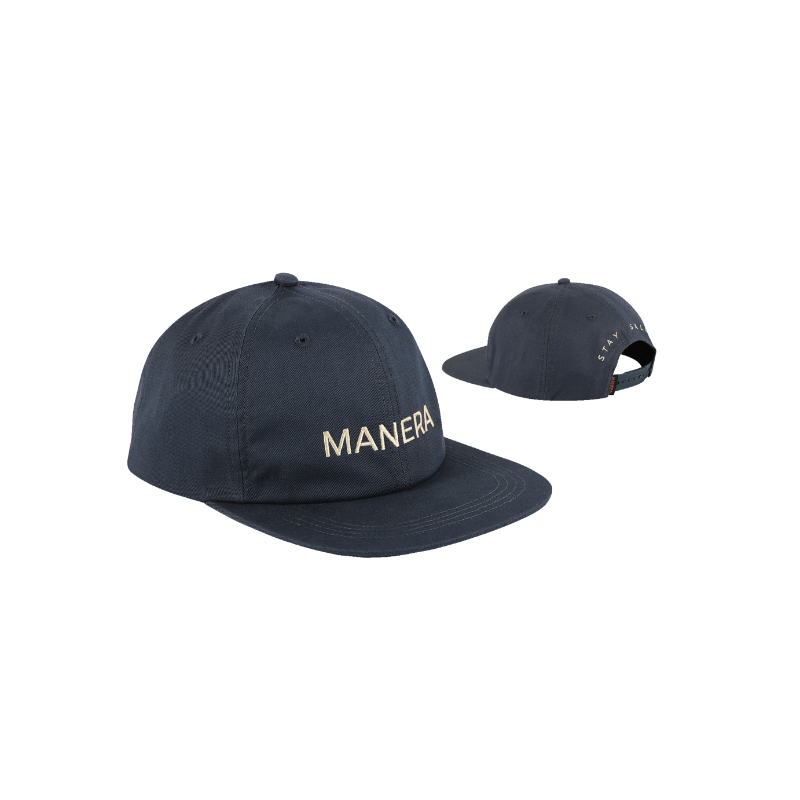

Thank you for a very helpful blog.After many years of windsurfing and 20 ys. of kitesurfing I have started 2 days ago to sail a wing on Fanatic Viper.It’s not so easy as I thought. Most important is not so much sailing but going upwind turning/ jybing.
Also I must learn to get on board in deep water.